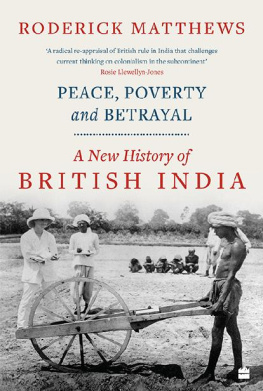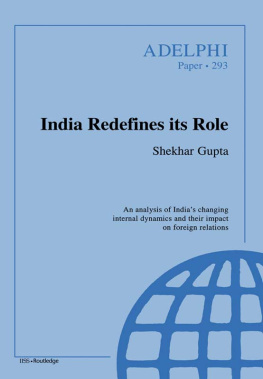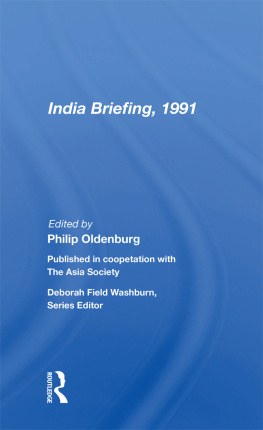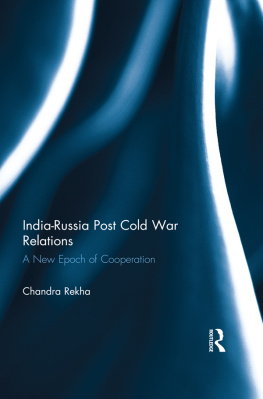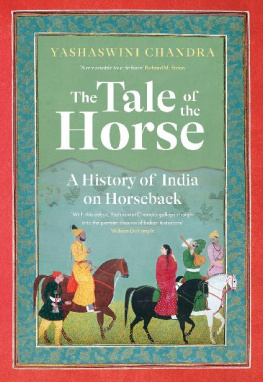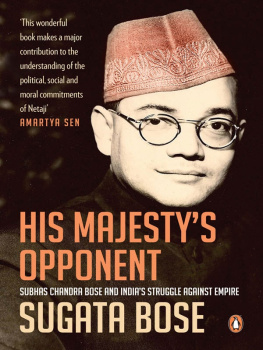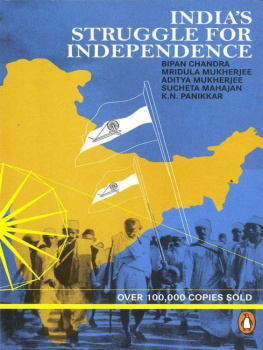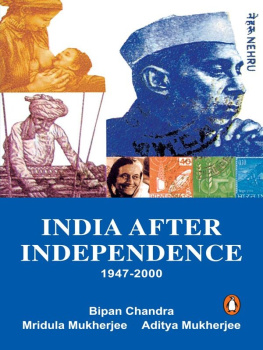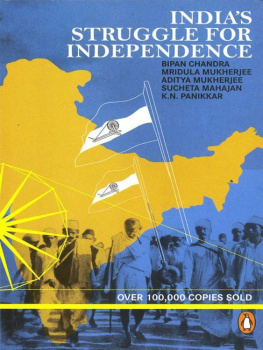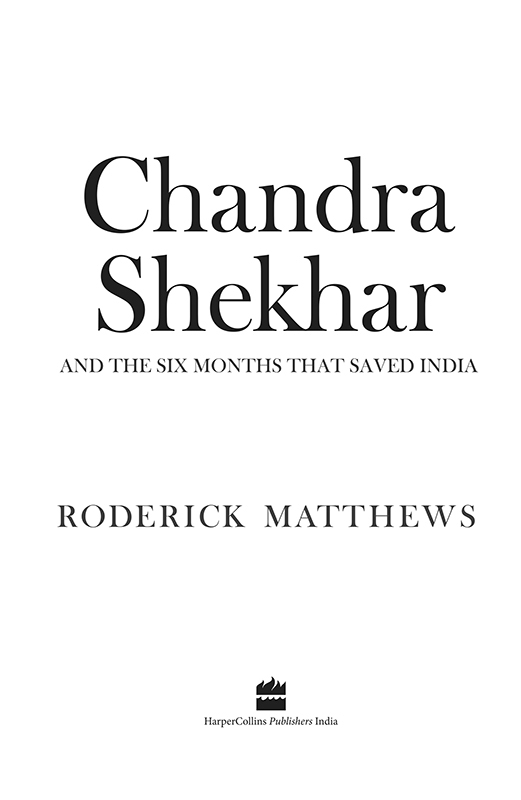A QUIET, MEDITATIVE atmosphere usually prevails around the neat pathways and grassy banks of Rajghat. This is entirely befitting for a place dedicated to the memory of the greatest modern apostle of non-violence, Mohandas K. Gandhi, who was cremated there in 1948. The exact spot is marked by an oblong block of smooth black granite, shaped like a table.
Rajghat stands as a tribute to a man for whom the word iconic is scarcely sufficient. Gandhi was a national liberator who never won a battle, a politician who never occupied public office, a thinker whose philosophy was both bafflingly complex and childishly simple. But above all he was a man whose example and teachings continued to inspire the leaders of independent India for decades after his death.
Many of those leaders, some recently released from prison, assembled at Rajghat on 24 March 1977 to lay new claim to the legacy of their great predecessor. On that spring day the atmosphere at Rajghat was anything but quiet or meditative; it was agitated and expectant.
An enormous crowd had gathered, ranged along the monuments embankments, to witness a triumphant gathering of the leaders of the newly formed Janata Party, which had just won an unheralded victory in a general election. Freshly mandated, they had come to follow in what one journalist who witnessed the scene called Gandhis fading footsteps. The scene of his dissolution was now a place of reconnection.
The Janata Party was in a dominant position after the election of March 1977, but it had fallen just short of a majority. The Indian National Congress led by Indira Gandhi had clearly lost, but no one yet knew what the Janata victory would bring.
The gathering that morning was a display of the winning sides intention to follow the example of the revered Bapu, who had remained immune to the pride of office, who had led the nation with humility, and who had personified its unity through his willingness to serve others. The government-in-waiting publicly prayed for his blessings and his guidance, for they had two important decisions to make.
First, they had to assemble a parliamentary coalition that would finally bring an end to Congress rule, which had lasted since Indias first general election in 1951-52. This did not seem too daunting a prospect. The Janata Party had 268 seats and needed a minimum of 272 for a majority; four votes could surely be found among the smaller parties in the newly elected sixth Lok Sabha.
But there lurked a more difficult question, closely linked to the first. Who would lead the new government? There were three candidates, all old men, all veterans of the Independence struggle, and all with different social and political profiles, which variously attracted or repelled certain crucial sections of the political world. Two of them, Morarji Desai and Charan Singh, were in the Janata Party, but the third, Jagjivan Ram, was not. He led a group that had left the Congress late in the day, and the support of the twenty-eight MPs in his Congress for Democracy faction would easily assure the government of a working majority. His price? Would it be anything less than the premiership?
Good leadership and trust in government are at stake on this March morning, as Indias new rulers stand on view amid a crucible of expectant humanity, united in awe of the task they are about to take on to heal the nation and provide wise guidance to the worlds largest democracy.
One of those present that day is Chandra Shekhar, the newly elected MP for Ballia in Uttar Pradesh. Recently freed from nineteen months detention during the Emergency imposed by Indira Gandhi, Chandra Shekhar is on a long journey within Indias politics. Now nearly fifty years old, he has spent half his life as a full-time activist. He has already passed through membership of two political partiesthe Praja Socialist Party and the Congressbut can he now find a permanent home in the newly created Janata Party? He and his colleagues are optimistic. None of them suspect how hard the task that lies ahead of them will prove to be.
***
Thirteen-and-a-half years later, Chandra Shekhar returns to Rajghat, again seeking guidance and inspiration. He arrives at around midday in an official car, having just been sworn in as Indias eighth prime minister.
There are some poignant contrasts with his visit of thirteen years before. Today the place is almost deserted, and he is accompanied by only a small entourage of close advisors. But the biggest difference is that his political affiliation has changed. In 1977 he was a rank and file member of the Janata Party; now he is the leader of his own party, the Janata Dal (Socialist), a splinter group of the larger Janata Dal, which had ousted another Congress government led by Rajiv Gandhi just eleven months before.
Indian politics is rarely straightforward, and the winding path that Chandra Shekhars political journey took between March 1977 and November 1990 makes for an extraordinary tale. He had literally walked across the length and breadth of India through the first half of 1983, starting in Kanyakumari and arriving, yet again, at the hallowed ground of Rajghat on 26 June 1983, amid a throng of celebrating well-wishers, to pay homage to the Mahatma.
But today the samadhi is quiet, and Chandra Shekhar is free, privileged even, to be alone with his thoughts. He has lived through many highs and lows since his firebrand student days when the republic was newly formed, when he fizzed with youthful energy and socialist idealism. Now the possibilities that once inspired him seem very diminished as the tumultuous year of 1990 draws to a weary, battered close.
Through recent months India has been experiencing violent internal tensions across lines of religion, caste and regional identity. Blood has been spilled and communities have been polarized. Worse, the country is now teetering on the edge of bankruptcy. It is scarcely a propitious time to be taking up the reins of power. If ever a man needed spiritual strength and guidance, it is Chandra Shekhar on this noontide.
There is plenty for the new prime minister to reflect upon. He is a long-time admirer of MK Gandhi, though he never met him or even saw him from afar. His visits to the samadhi are the closest he can manage. When the Mahatma was in Delhi in 1946, Chandra Shekhar, then just nineteen years old, was unable to make the trip to see him; Men like me could not have his darshan, he later reflected sadly in his jail diary.
Chandra Shekhars socialist views were always extensively compatible with Gandhis, especially, if rather surprisingly, in the field of economics. Through the early 1970s, while still in the Congress, Chandra Shekhar wrote regular articles on the subjects of economics and morality. Gandhian solutions to Indias povertythe use of small-scale technology and heavy manpowerappealed to him as both appropriate and humane.
Now, as the countrys leader, he can do more than write about them; he can attempt to implement them.
Rajghat brings visitors closer to the Mahatma, as it is intended to, but for Chandra Shekhar the place also had strong links with another leader, one he knew very wellJayaprakash Narayan. It was JP, the spiritual leader of the Janata Party, who had led that momentous gathering in 1977 and invoked Gandhis blessings from his wheelchair in a frail voice.
After the very public commitments they gave that day, the Janata leaders had a lot to live up to, but they fell short of the mark. As a non-Congress alternative, the Janata Party did not deliver on its promises. Factionalism undermined its unity, while personal ambition sullied its high-mindedness.


